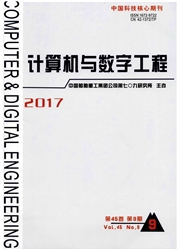

 中文摘要:
中文摘要:
提出了一种新计算方法来去除多微电极技术记录到的刺激伪迹。利用多项式的方法对电荷饱和结束后的伪迹进行局部曲线拟合,建立模型之后减去伪迹,并且将刺激后放大器电荷饱和时的数据归零,最终得到去伪迹的信号。此方法具有检测不应期小、锋电位检测率高、噪声低以及信号保真度高的优点。文章利用MATLAB编写可视化软件实现了该算法,并对响应信号进行了分析、比较。对培养海马神经元网络的刺激实验数据分析进一步证明:局部曲线拟合伪迹减法能够自动处理多个通道的伪迹,去除刺激伪迹后的数据能够方便地利用阈值检测法提取锋电位,并可进行响应规律的快速统计分析。
 英文摘要:
英文摘要:
The present study has described a novel method to suppress the stimulus artifacts in multi-electrode array systems. The model of artifacts was fitted by cubic polynomials, and then data recorded at charge saturation was subtracted to zero, yielding clear data amenable to spike detection by voltage threshold. The algorithm shortened the period which spikes cannot be detected immediately after stimuli, improved the detection rate of spikes, reduced the noisy background and highly maintained the shape of spikes. Here we have implemented the algorithm in Matlab and programmed a graphic user interface for easily and automatically analyzing the responses of stimuli. Furthermore, applying this algorithm to stimulation data of hippocampal neural cultures, we have demonstrated the effectiveness on artifact suppression of our algorithm. The data processed by the algorithm is well-suited for spike detection and further fast analysis.
 同期刊论文项目
同期刊论文项目
 同项目期刊论文
同项目期刊论文
 期刊信息
期刊信息
